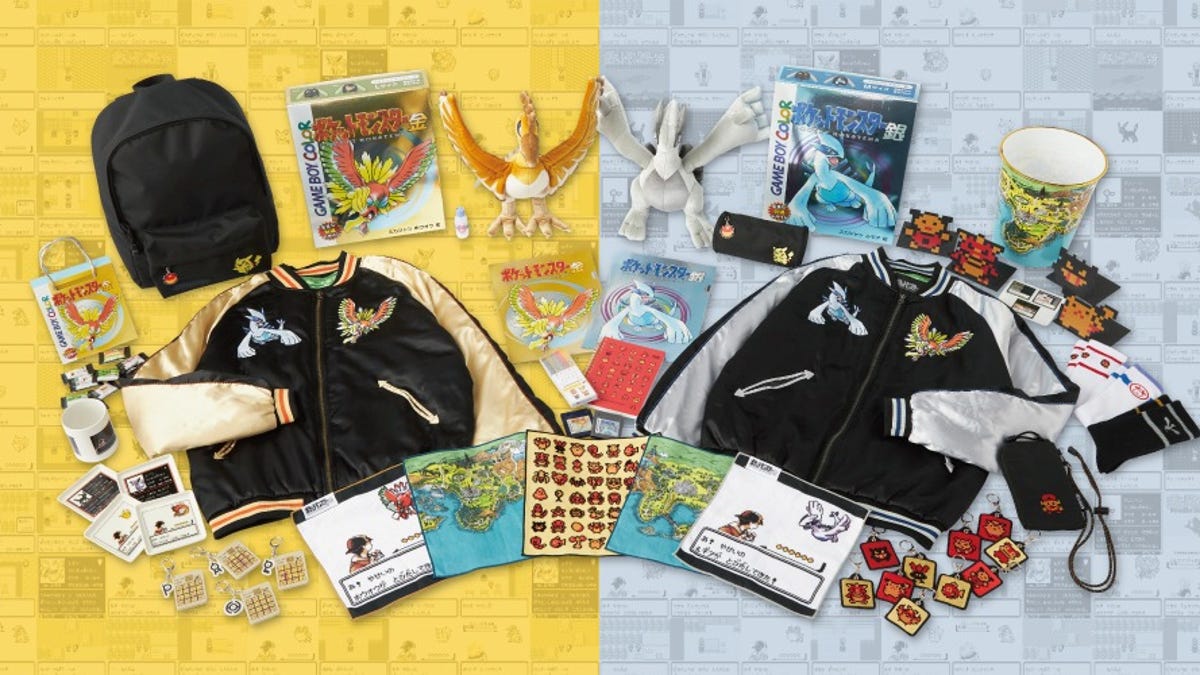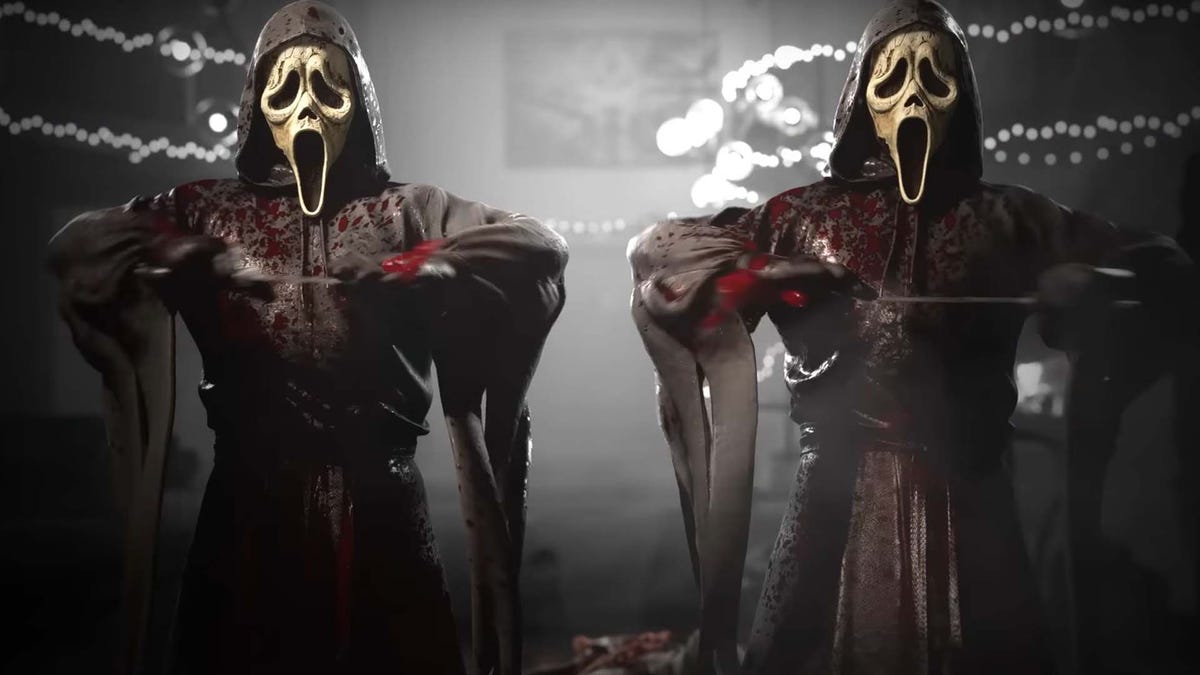Since then Harry Potter and the Deathly Hallows
Dune: Part One followed the aftermath as the Atreides family and their young scion Paul (Timothée Chalamet) gained control of Arrakis, the only planet in the universe that produces an extremely valuable commodity called spice. After only a short time on the planet, the Atreides were betrayed by the previously ruling family, the Harkonnens, who conquered the planet again, almost wiping out the Atreides in the process. Only Paul and his mother Jessica (Rebecca Ferguson) were able to escape to the deserts of Arrakis.
All of this is worth mentioning here mainly because this sequel doesn’t waste any time on a real recap. Instead, Dune: Part Two begins with Paul and Jessica adjusting to life among the Fremen, the indigenous people of Arrakis who have made its harsh deserts their home. Following a plan by the mysterious order of space witches, the Bene Gesserit, Jessica continues to spread the idea that Paul is the Fremen’s prophesied messiah. Eventually she becomes a spiritual leader of the Fremen herself.
Meanwhile, Paul quickly makes a name for himself as a Fremen warrior and finds increasingly creative ways to prevent the Harkonnens from resuming their spice harvest on Arrakis, usually through guerrilla warfare-style attacks and raids. Paul, his fellow Fremen warriors Chani (Zendaya) and Stilgar (Javier Bardem), and the rest of the Fremen take on the Harkonnens’ giant spice-gathering sandcrawlers with surprise attacks that begin beneath the desert sands, using Arrakis’ native giant sandworms to use laser weapons, halve the vehicles in no time.
These scenes are Dune: Part Twois one of the earliest movements to seamlessly combine the massive size of the Harkonnen desert vehicles with the brutal, efficient, and beautiful close combat of the Fremen. The characters dart back and forth between the caterpillars’ legs, hiding from the thopters circling in front of them, while their allies fight behind them with fists, knives and guns. It’s an impressive balance of intimate violence and epic scale, and Villeneuve uses it brilliantly throughout the action-heavy Second part.
These raids punctuate the first hour of the 166-minute film, and it feels like a treat every time they appear. They inevitably bring Paul closer to his destiny: leading the Fremen into an all-out war to retake Arrakis from the Harkonnens and perhaps even overthrow the Emperor who instigated the conflict in the first place. What makes this typical “chosen one” story so interesting is that Paul is reluctant to accept this power because he knows through his prophetic visions that his ascension will bring untold death and destruction throughout the universe. But with every adult in his life pushing him towards his destiny and only Chani holding him back, Paul slowly begins to see the necessity and benefits that power brings.
:no_upscale()/cdn.vox-cdn.com/uploads/chorus_asset/file/25296298/rev_1_DUN2_38301r_High_Res_JPEG.jpeg)
Image: Warner Bros.
Dune: Part Two handles this complex character turn for Paul with surprising skill. This is thanks in large part to Chalamet’s ability to sell both Paul’s charismatic, populist strongman side and his brooding, conflicted youthful nature – and, more importantly, to switch between the two modes on the fly. No matter what mode he is in, it is easy to feel the weight of the other mode on his head. As Paul leads the Fremen’s violence, it is clear that he is just as afraid as he hopes his enemies will be. But for all of Chalamet’s incredible work in the film, Zendaya is the one selling Dune: Part TwoThe surprising moral complexity.
In the film’s quietest scenes, where it’s just the two of them, Zendaya employs a harsh sensitivity that makes Chalamet’s more emotional scenes as Paul stand out even more. It’s an impressive chemistry that gives both great actors opportunities to shine in a way that blockbusters rarely do, with complex debates about morality and culture rather than the dreary, tearful confessions of love that are common in epics like this.
:no_upscale()/cdn.vox-cdn.com/uploads/chorus_asset/file/25296302/rev_1_DUN2_FP_0266_High_Res_JPEG.jpeg)
Image: Warner Bros.
Your counterpart and the last point further Dune: Part TwoThe trident of exceptional young achievement comes in the form of Na-Baron Feyd-Rautha Harkonnen (Elvis star Austin Butler). Feyd-Rautha was brought to Arrakis to end Paul’s raids and destroy the Fremen once and for all. He is a born psychopath, even more bloodthirsty than his uncle Baron Vladimir Harkonnen (Stellan Skarsgård). And Butler relishes every ounce of this character’s villainy. Villeneuve weaponizes all of Butler’s rock star charm, giving him the same close-ups that made him irresistible as Baz Luhrmann’s version of Elvis, except Butler widens his haunting spotlight eyes and clicks his tongue instead of smiling. Butler gives the character all the alien grace of a snake gliding down a high-fashion runway, both completely out of place and strangely perfect.
All of this is supported by the fact that one of Feyd-Rautha’s first scenes is also one of the film’s most electrifying: a celebratory battle in an arena on the home planet of Harkonnen. The scene is shot entirely in black and white infrared, giving everything a beautiful, sickly glow. It looks incredible, as it simultaneously serves as a perfect character introduction for Feyd-Rautha and, more broadly, explains an incredible amount about Harkonnen society through mood alone. It’s the kind of visually daring scene that should overwhelm the entire film. Instead, it fits perfectly into Villeneuve’s parade of equally astonishing images Dune: Part Two.
:no_upscale()/cdn.vox-cdn.com/uploads/chorus_asset/file/25296300/rev_1_DUN2_T3_0035r_High_Res_JPEG.jpeg)
Image: Warner Bros.
Villeneuve’s science fiction has always looked incredible, especially at the scale he uses for films Arrival, Blade Runner 2049And Dune: Part One. But each of these films has a flashiness that is both understandable and distracting. Villeneuve often begins his scenes with an element of nature or something else commonplace and recognizable, then slowly pans to reveal the massive, imposing monument that will eventually dominate the picture.
It’s impossible to blame Villeneuve for never failing to amaze the images his team creates, or the way he so seamlessly blends elements of the natural world with the visual effects required to build those worlds are. Villeneuve has repeated this trick time and time again throughout his career and it’s undeniably impressive every time he does it. But these moments are also distracting. They are overwhelming in a way that reduces the films, even briefly, to individual icons of greatness rather than images that make up a story.
In Dune: Part TwoHowever, Villeneuve has matured as a filmmaker. The film is no less impressive than his previous work, perhaps even more impressive. But these moments of visual splendor often come and go with little fanfare, supporting the character and plot of a scene rather than distracting from them. Villeneuve has never had such obvious visual confidence before. It’s a clear statement that no single image has to be the defining moment of the film, because it’s surrounded by a thousand other beautiful, breathtaking images that somehow all seem perfectly coordinated.
:no_upscale()/cdn.vox-cdn.com/uploads/chorus_asset/file/25296303/rev_1_DUN2_T3_0044r_High_Res_JPEG.jpeg)
Image: Warner Bros.
Dune: Part Two is full of thousands of these little tightropes that lie between massive set pieces and the dozens of desperate melees that build them up. Between the comforting hero myths that define most blockbuster stories and more complicated questions about the dangers of people who wield power and command violence. Between beautiful images and distracting conspicuousness.
But all this delicate balance is only possible because Dune: Part One I’ve already done the hard work. For those who loved it, the promise of Second part was that the conclusion of Paul’s journey would be even more exciting, beautiful and moving. For those who were bored with it part Onethe promise was that all the slow, exposition-heavy pacing would serve to streamline this next installment. Dune: Part Two is exactly the film part One promised that it could be, the rare sequel that not only surpasses its predecessor, but subsequently improves it. However, it’s more than just a worthy conclusion to the Villeneuve adaptation: it’s also one of the best blockbusters of the century so far and an instant sci-fi classic.
Dune: Part Two hits theaters March 1st.








